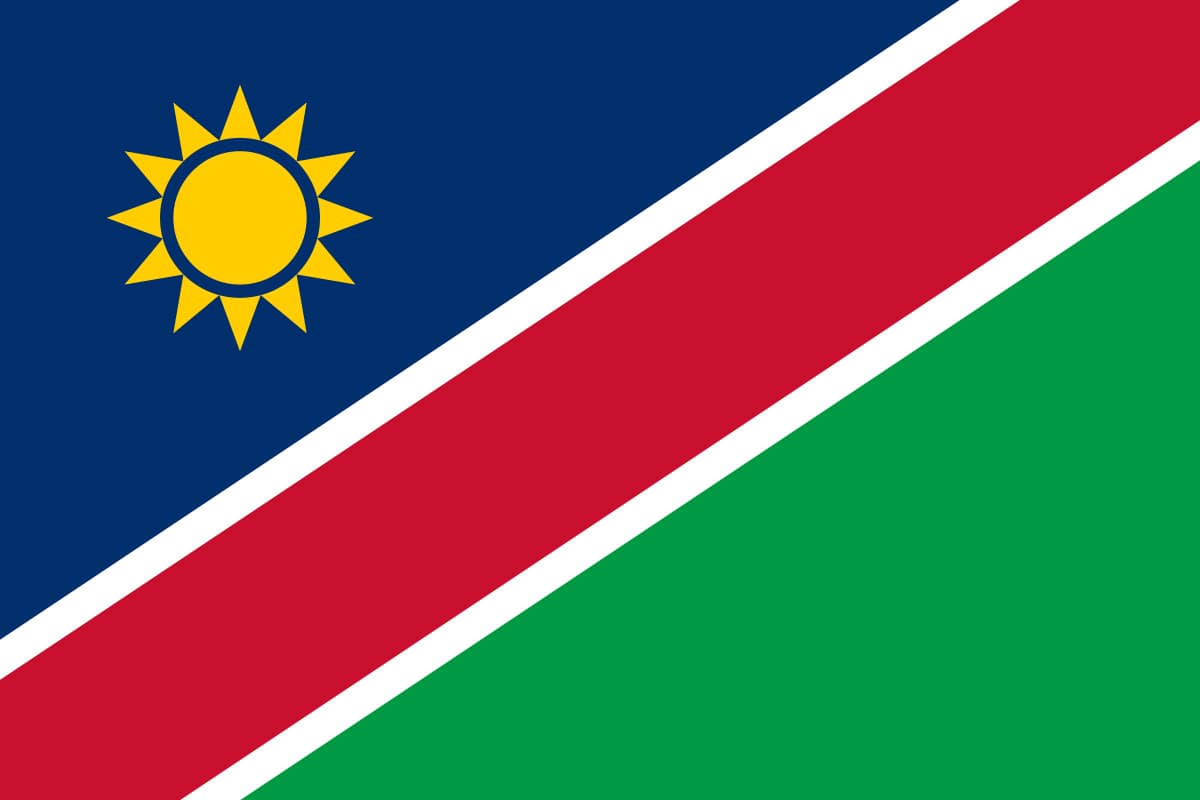
30 interesting facts about Namibia
- 👁️ 286
Namibia, a country in southern Africa, is a land of stark beauty, contrasting landscapes, and rich cultural history. It’s known for its dramatic natural features, including deserts, wildlife, and coastline, making it a unique destination for tourists and a fascinating subject for those interested in geography and nature. From the Namib Desert, one of the oldest deserts in the world, to the rich wildlife of Etosha National Park, Namibia is a country that continually surprises and delights. Its history of colonization and struggle for independence adds depth to its modern identity. Here are 30 interesting and informative facts about Namibia that highlight its uniqueness and importance.
- Namibia gained independence from South Africa on March 21, 1990.
- The country is named after the Namib Desert, one of the oldest and driest deserts in the world.
- Namibia is the second least densely populated country in the world, after Mongolia.
- The Fish River Canyon, located in the south of Namibia, is one of the largest canyons in the world.
- Namibia is home to the largest population of free-roaming cheetahs in the world.
- The capital and largest city of Namibia is Windhoek.
- German is widely spoken in Namibia due to its former status as a German colony from 1884 to 1915.
- The Namib Desert is home to some of the highest sand dunes in the world, with some reaching over 300 meters.
- Namibia was the first country in the world to incorporate environmental protection into its constitution.
- The country’s economy is heavily dependent on the extraction and processing of minerals for export, especially diamonds.
- The Himba, an indigenous group of semi-nomadic herders, are among the many ethnic groups in Namibia.
- Etosha National Park is one of Africa’s largest game reserves, providing a sanctuary for hundreds of species of mammals, birds, and reptiles.
- The Skeleton Coast, named for the whale and seal bones that once littered its shore, is known for shipwrecks and dense fogs.
- Namibia is one of only two countries in the world that has desert elephants, adapted to living in the arid conditions of the Namib and Sahara deserts.
- The Welwitschia mirabilis, a plant that can live over 1,000 years, is found only in the Namib Desert.
- The Twyfelfontein area, a UNESCO World Heritage Site, contains one of the largest concentrations of rock engravings in Africa.
- Namibia is the fourth largest producer of uranium in the world.
- The country has a system of communal wildlife conservancies, enabling local communities to manage and benefit from wildlife on their land.
- The Kolmanskop ghost town, abandoned in the early 20th century after the diamond rush faded, is a popular tourist attraction.
- Namibia’s coastal desert is one of the few places in the world where the ocean meets the dunes.
- The Caprivi Strip is a narrow extension of land in the northeast of Namibia, rich in wildlife and waterways.
- The San people, also known as Bushmen, are considered to be the oldest inhabitants of Southern Africa, with a presence in Namibia for over 20,000 years.
- Namibia’s flag features a sun, symbolizing life and energy, and colors that represent important aspects of the country’s natural resources and desire for peace.
- The Tropic of Capricorn crosses through Namibia, influencing its climate and ecological zones.
- Namibia has one of the lowest precipitation rates of any country in the world.
- The Brandberg Mountain is Namibia’s highest peak and is famous for the “White Lady” rock painting.
- The country’s railway network was primarily built during the German colonial era.
- Walvis Bay, a city in Namibia, is one of the few natural deepwater harbors on the African continent.
- The Namibian Dollar (NAD) is the currency of Namibia, although the South African Rand is also widely accepted.
- Namibia is one of the few countries in the world to specifically address habitat conservation for land-living species in its constitution.
Namibia’s blend of cultural richness, environmental initiatives, and natural wonders makes it a country of unparalleled beauty and resilience. Its commitment to conservation and sustainable development serves as a model for others, while its diverse landscapes and wildlife continue to fascinate and attract visitors from around the globe. From its ancient deserts to its vibrant cities, Namibia stands as a testament to the beauty and complexity of Africa.
Namibia, a country in southern Africa, is a land of stark beauty, contrasting landscapes, and rich cultural history. It’s known for its dramatic natural features, including deserts, wildlife, and coastline, making it a unique destination for tourists and a fascinating subject for those interested in geography and nature. From the…